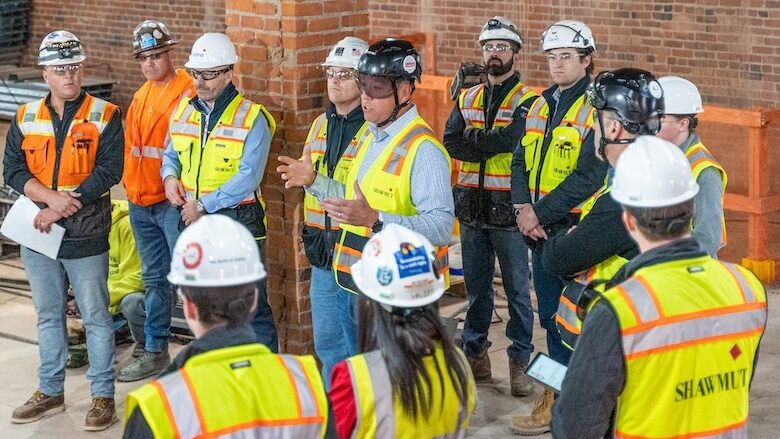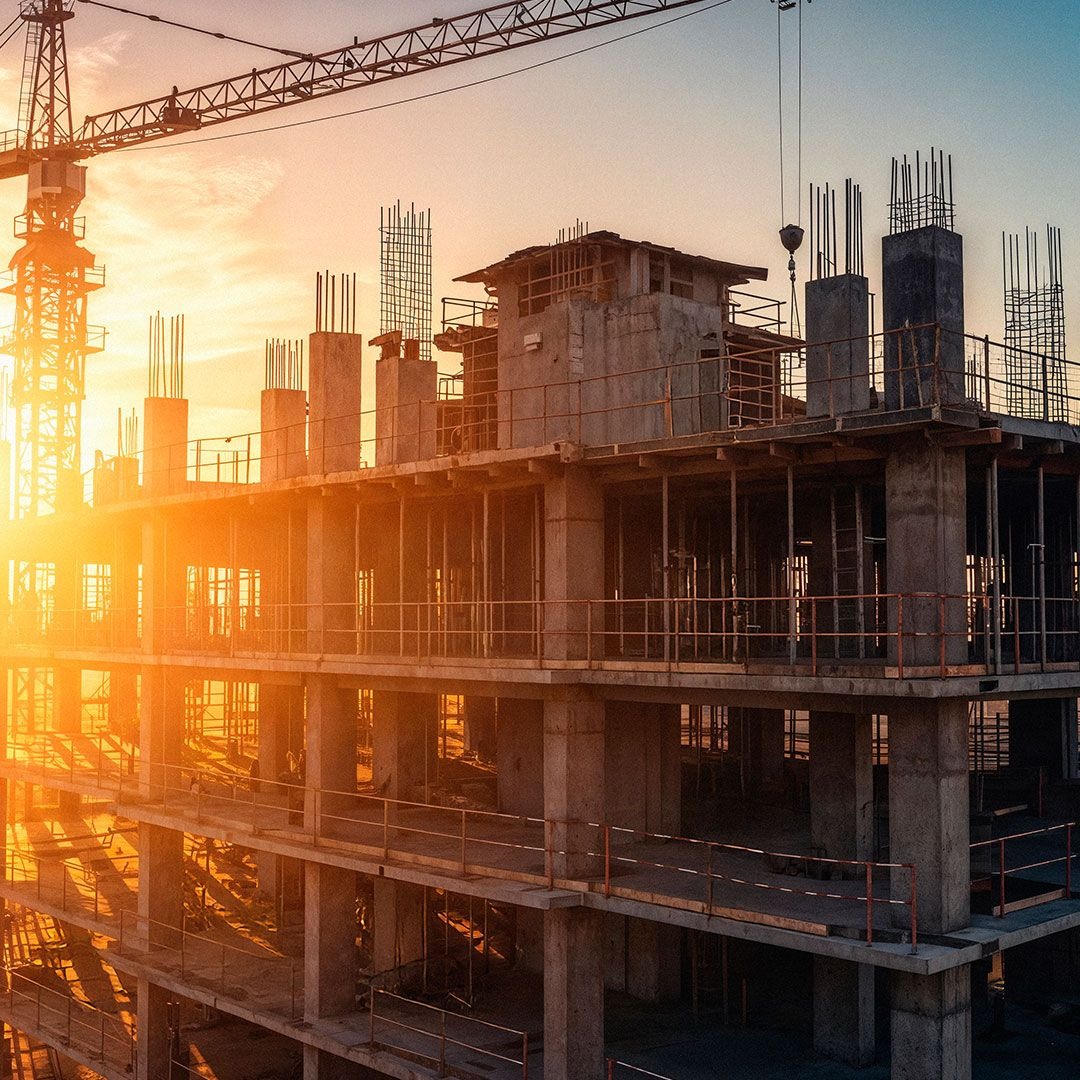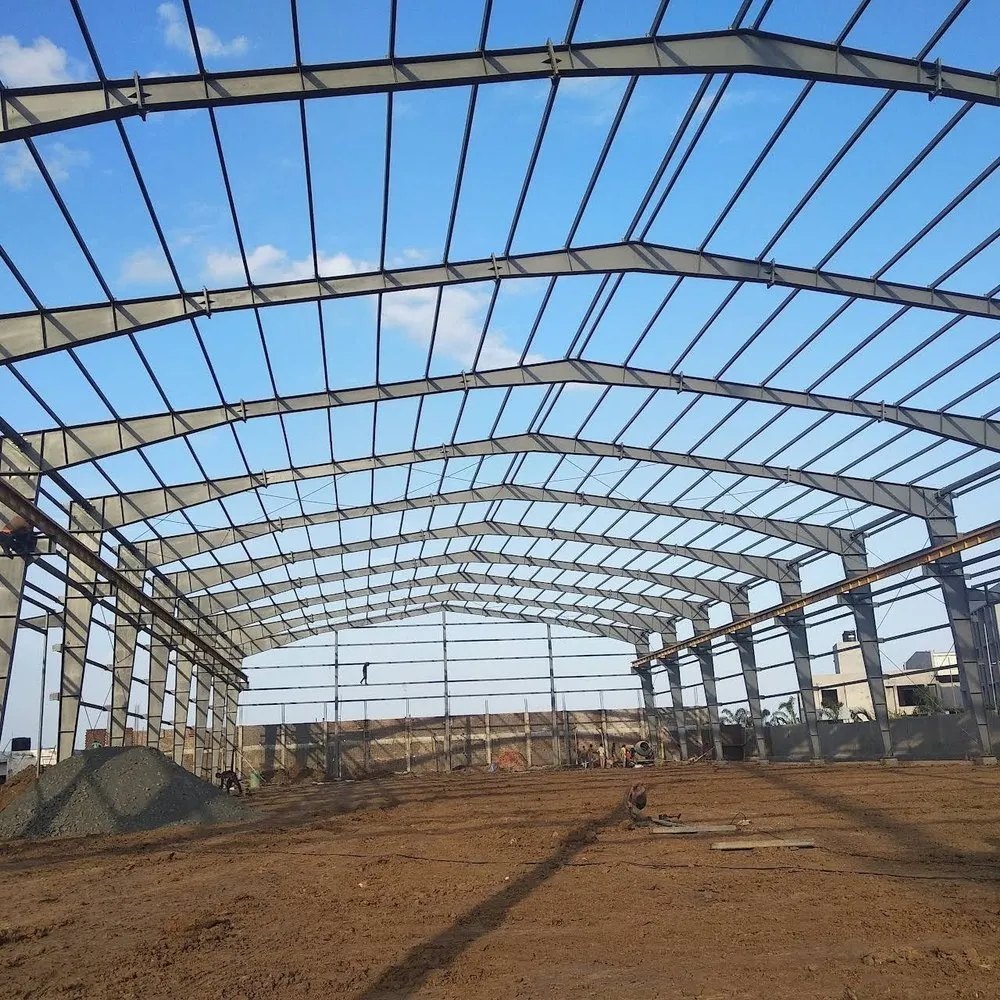
Where Safety and Mental Health Meet on Construction Projects

As chief safety officer at Shawmut Design and Construction, Shaun Carvalho has been the force behind multiple safety initiatives. He spoke with ENR Correspondent Elaine Silver about how the Boston-based firm orients new subcontractors and how it responds when there is an obvious safety problem or reasonable suspicion of one related to mental health or drug abuse. The conversation has been edited.
How does Shawmut impart its safety culture to subcontractors?
Before a subcontractor even arrives, we sit down with its managers to discuss how they’ll align with Shawmut’s safety expectations. A big part of this is our environmental health and safety manual, which we make publicly available on shawmut.com—not just for internal use, but also as a deliberate resource for our partners. If a subcontractor lacks its own detailed safety forms or processes, it can adopt ours.
A key part of our site-specific safety orientation is a 30-minute video that covers essentials like personal protective equipment, the “energy wheel” of risks that could cause serious incidents and deeper topics such as substance use, suicide awareness and mental health. We show this video on every Shawmut jobsite nationwide. That’s just the start.
How does your safety program translate into real-world impact?
It comes from fostering an environment where people feel comfortable speaking up and where our teams are equipped to notice and act when something’s wrong. One of the biggest shifts came with our monthly Culture of Care toolbox talks, which we launched in 2021. These tackle suicide awareness, harassment, mental health, substance use disorders, PTSD. Since 2018, we’ve had a 47% injury reduction due to technology and our programs. It’s steady progress.
Can you share examples of a worker seeking help when struggling or a supervisor stepping in to address an issue?
Last year on a Shawmut site in Massachusetts, a tradesperson working for one of our subcontractors and part of a union, called his crew leader at 6 a.m. He sounded totally fine, just asking for direction on a task. But 30 minutes later, he was found passed out near the construction gate. The team’s response was incredible—members called 911 right away for medical help, but didn’t stop there. In the old days, they might have said, “Go to the hospital, and don’t come back.” Instead, they took a different path—pulling together the crew leader, union steward, our Shawmut project team, subcontractor’s rep. and even the union business agent to the site. It wasn’t our place to pry into whether it was drugs or something else—what mattered was getting him support. They moved him from medical care to enhanced treatment that same day.
And this makes a difference because…?
Because construction is a tribal workforce. The average worker might hit 11 projects a year, bouncing between our sites, competitors’ sites and back again. If we had just banned him, we’d be kicking the can down the road, and he would likely end up back with us anyway. Our approach is to step in early, provide real help and set a worker up to be healthier wherever he or she works next.
Does fostering this culture of care build loyalty among workers and subcontractors toward Shawmut?
I’m confident it does.
Are you allowed to ask workers about their health or mental health status during hiring, especially given how many people are on psychiatric medications?
No, we’re not permitted to ask about health or mental health status—it’s off-limits legally, and that’s to protect a worker’s privacy.
But if a worker wants to talk …?
Workers can choose to share info with us—like if they’re on medication or want us to have emergency contacts on file. We don’t push for private details, but if someone is taking something that might affect safety, say, working at heights or running heavy machinery, we would appreciate knowing so we can keep that person in safer roles, like ground-level tasks. Legally, we can’t ask, and we don’t [even though] when it comes to drugs and alcohol—prescribed or not—we’ve got a strict zero-tolerance policy on site.
If a manager notices a subcontractor’s employee seems off, how is that handled?
We train our teams in reasonable suspicion—how to spot subtle signs that someone might be impaired or struggling, without jumping to snap judgments. If a manager notices something off with

A safety-related briefing at a Shawmut project. Photo: Courtesy of Shawmut Design and Construction
a subcontractor’s employee, the approach is deliberate and team-based. The sub typically would pull in the worker’s crew leader and our safety staff, follow our training protocols and have a calm, fact-finding conversation. The focus isn’t on punishment—it’s on ensuring safety and figuring out if support is needed.
An example?
I was walking on one of our project sites with a safety colleague who picked up on a roofer acting a little strange at 9 a.m.—nothing glaring, just off enough that I didn’t even catch it. I was doubtful, thinking, “It’s early—really?” But it was suspected the worker might be drunk. We didn’t go in solo; we got the superintendent and his crew leader involved, followed our reasonable suspicion training and talked to him. He admitted he had been drinking. We acted fast—safely got him off the site, offered to call a cab or a friend since he could not drive and made sure he wasn’t abandoned.
What about suicide prevention?
We offer talks and a one-hour online training, and we have a Mental Health and Wellness Leadership Group, which I co-chair with 70 volunteers.
Are there any specific examples of how your program helps?
In 2023, on a large site, a safety coordinator checked on someone struggling to bring his family over from another country. Through an interpreter, he said he would end it if the roof was open. It was locked, thankfully. The coordinator hugged him, provided resources, paired him with a buddy and followed up. He’s thriving now, family reunited—all because someone was human enough to step in.
A final thought?
Some companies are all in, seeing the urgent need to tackle safety and mental health. Others are still warming up, needing a nudge or some inspiration to jump on board. But they’re coming around, little by little, and that’s what fuels us—knowing we’re making an impact, one site, one worker, one conversation at a time.
Post a Comment
You must be logged in to post a comment.





